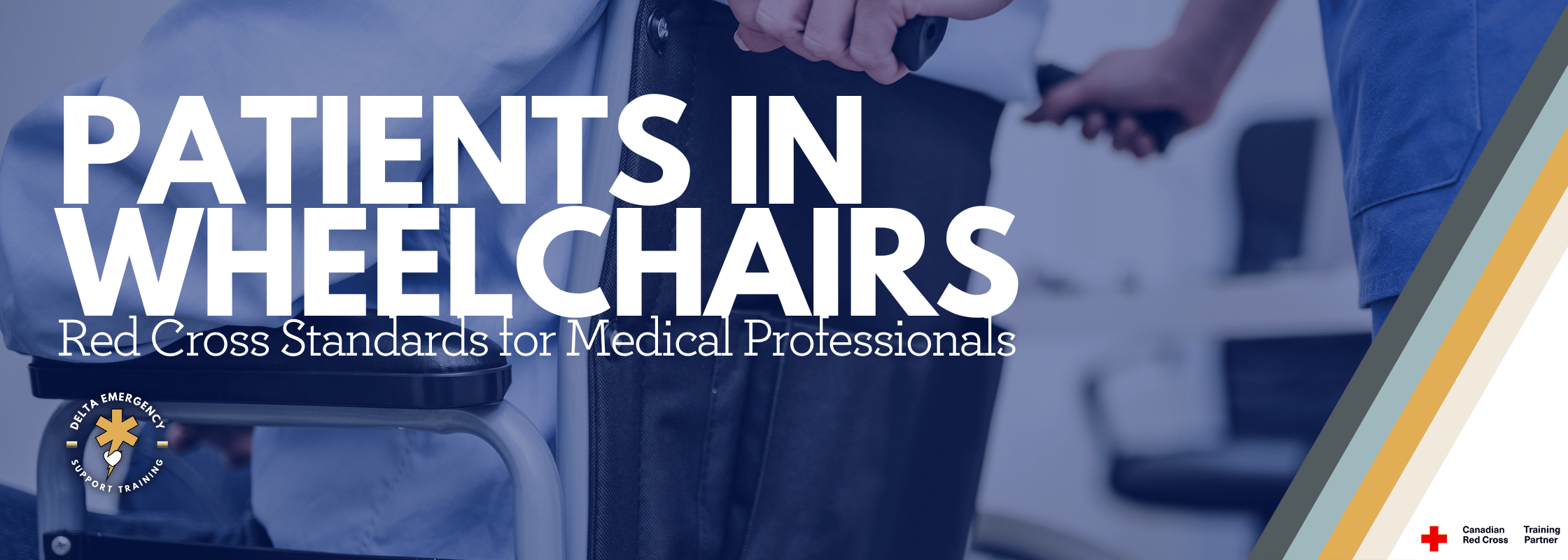Caring for Patients in Wheelchairs: Best Practices for Medical Professionals
/Caring for patients who use wheelchairs requires a combination of clinical expertise, empathy, and adherence to established standards. Whether you’re a first responder, nurse, or clinician, understanding proper assessment, safe transfers, and patient-centered care can significantly improve outcomes and comfort. The Canadian Red Cross provides guidelines that are essential for ensuring both safety and dignity when caring for wheelchair users.
Understanding Wheelchair Use and Patient Needs
Patients may rely on wheelchairs for various reasons: neurological conditions, musculoskeletal injuries, chronic illness, or temporary mobility limitations. Each patient’s needs differ, so care must be personalized:
Manual Wheelchairs: Propelled by the patient or caregiver; requires upper body strength.
Powered/Electric Wheelchairs: Used by patients with limited upper body function.
Specialty Wheelchairs: Bariatric, pediatric, or standing wheelchairs designed for specific medical or physical requirements.
Key consideration: Ask the patient about their preferred seating, positioning, and transfer methods. Respecting their routines promotes autonomy and safety.
Assessment Before Providing Care
Before assisting, conduct a comprehensive assessment:
Patient Condition: Pain, recent surgeries, injuries, or limited mobility may impact care.
Wheelchair Type and Features: Observe brakes, armrests, footrests, and electronic controls.
Environment: Ensure enough space for maneuvering; identify hazards like uneven surfaces or narrow doorways.
Assistance Needs: Determine whether the patient can self-transfer or requires full assistance.
Tip for first responders: Never assume a patient can transfer independently. Always ask first.
Red Cross Guidelines for Safe Wheelchair Care
1. Wheelchair Stability and Preparation
Engage Brakes: Always lock the brakes before transferring or adjusting the patient.
Confirm Full Opening: Ensure the wheelchair is fully open and stable before any care.
Remove Obstacles: Swing away or remove footrests and armrests as needed for transfers.
2. Safe Transfer Techniques
Sit-to-Stand Transfers: For patients who can bear weight; support at the waist and knees, maintain proper body mechanics.
Sliding Board Transfers: For patients with limited weight-bearing; use a transfer board under the thigh to guide movement.
Two-Person Lifts: Only when necessary, with coordinated effort; one caregiver supports the upper body, another the lower body.
Communication is key: Explain each step to the patient to reduce anxiety and improve cooperation.
3. Navigating Obstacles
Curbs: Approach squarely; tip the wheelchair back to lift front wheels onto the curb, then raise back wheels. Reverse for descending.
Ramps and Slopes: Avoid inclines greater than 9 degrees without assistance.
Escalators: Never use; they pose high risk.
4. Maintenance and Safety
Routine Checks: Inspect brakes, tires, and moving parts regularly.
Cleaning: Keep wheelchairs clean to maintain hygiene and functionality.
Clinical Considerations
Skin Integrity: Patients with limited mobility are prone to pressure sores. Reposition regularly and use cushions or padding.
Circulation: Monitor for edema in lower extremities; elevate feet when appropriate.
Respiratory Support: Position patients to optimize lung expansion and monitor for respiratory distress.
Fall Prevention: Always anticipate sudden movements; keep brakes engaged before transfers.
Emergency Response for Wheelchair Patients
Evacuation: Use proper lifts or equipment; ensure patient and attached devices (oxygen, catheters) are safe.
Patient Communication: Explain every step during emergencies to reduce anxiety and gain cooperation.
Documentation: Record any injuries, interventions, and patient complaints.
Patient Comfort and Dignity
Posture: Ensure proper spinal alignment and support.
Clothing and Privacy: Maintain warmth and modesty.
Empowerment: Allow patients to perform tasks independently when possible, like adjusting footrests or reaching items.
Key principle: Respect and empathy are as important as technical skill. A patient-centered approach reduces anxiety, prevents injury, and improves outcomes.
Conclusion
Adhering to Red Cross standards and integrating clinical best practices ensures the safety, comfort, and dignity of wheelchair users. By assessing needs, using safe transfer techniques, monitoring clinical risks, and maintaining open communication, medical professionals and first responders can provide care that is both effective and compassionate. Every patient is unique, so observe, ask, and adapt to individual needs while prioritizing safety and respect.




